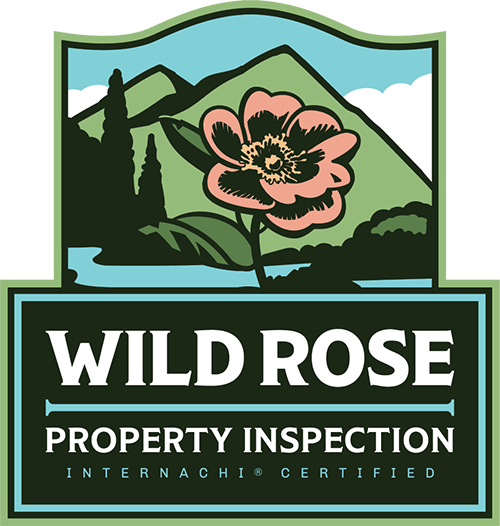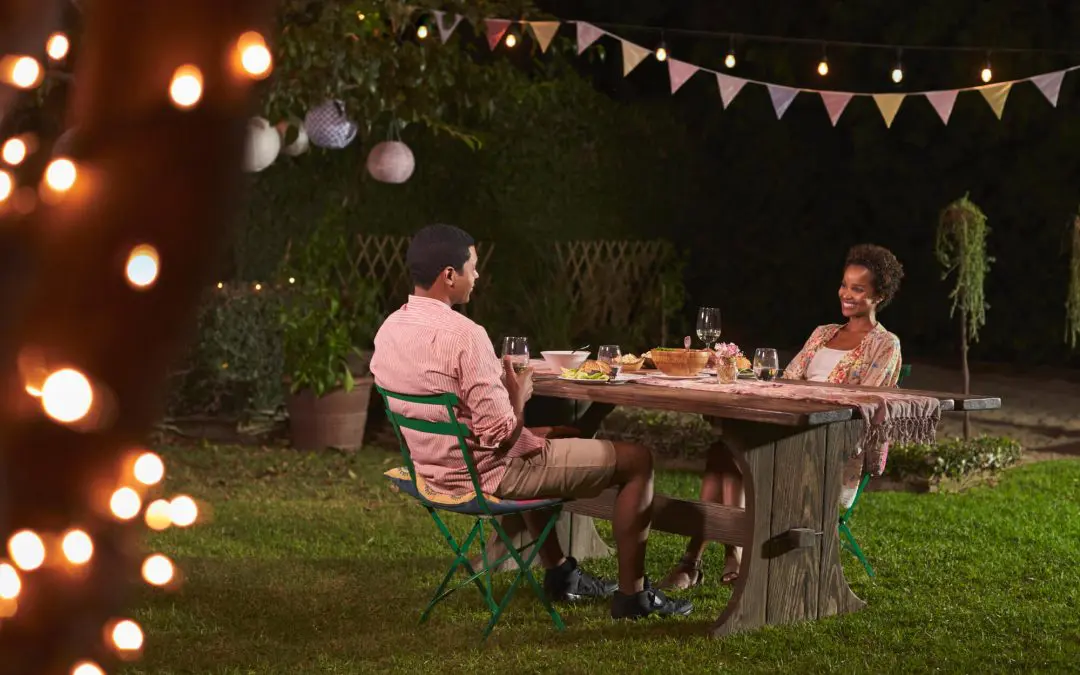Transforming your outdoor living space into a private oasis is easier than you might think. Whether enjoying a morning coffee on your patio or hosting a barbecue with friends, it’s more enjoyable when you’re not on full display to the rest of the neighborhood. Fortunately, numerous strategies and techniques are available to create privacy in outdoor spaces, allowing you to enjoy your deck, porch, or patio to the fullest.
1. Use Landscaping to Create Privacy in Outdoor Spaces
Strategic landscaping is one of the most natural ways to add privacy to your outdoor space. Planting tall bushes, trees, or hedges along the perimeter can effectively block views from neighbors or passersby. Consider using fast-growing varieties such as bamboo, arborvitae, or Leyland cypress for quicker results. Additionally, incorporating trellises with climbing plants like ivy or jasmine provides privacy and aesthetic appeal.
2. Fencing and Screens
Installing fences or screens is a more direct approach to creating privacy in outdoor areas. Choose from a variety of materials, such as wood, vinyl, metal, or composite, depending on your preferences and budget. Lattice panels can be used to add visual interest while still maintaining airflow. Opt for slatted screens or decorative metal panels for a modern aesthetic. Be sure to check local regulations and obtain any necessary permits before installing permanent structures.
3. Outdoor Curtains or Shades
For a versatile and customizable privacy solution, consider installing outdoor curtains or shades. These can be hung from pergolas, arbors, or even between posts to create temporary barriers. Choose weather-resistant fabrics that provide both privacy and protection from the elements. With a wide range of colors and patterns available, you can easily coordinate your outdoor decor while maintaining privacy.
4. Privacy Walls or Partitions Will Create Privacy in Outdoor Spaces
If you have an open-concept outdoor space, privacy walls or partitions help define separate areas. These can be constructed from various materials, such as wood, stone, or composite panels. Incorporate features like built-in planters, water features, or decorative screens to enhance visual interest. Consider adding seating or lighting elements to further enhance the ambiance of your outdoor sanctuary.
5. Strategic Furniture Placement
Arranging outdoor furniture strategically can also create privacy in your outdoor space. Position seating areas away from direct sightlines and towards focal points like a garden, fireplace, or water feature. Use large potted plants or planter boxes to create natural barriers between different zones. Consider investing in furniture with high backs or built-in privacy screens for added seclusion.
6. Use Lighting to Create Privacy in Outdoor Spaces
Don’t overlook the importance of lighting when creating privacy in outdoor spaces. The strategic placement of outdoor lighting enhances security and provides a sense of privacy after dark. Use soft, ambient lighting to illuminate seating areas while dimming surrounding areas. Add warmth and charm to your outdoor retreat with string lights, lanterns, or torches.
A private outdoor space is more enjoyable and relaxing to spend time in. Combining landscaping, fencing, curtains, furniture placement, and lighting techniques, you can transform your outdoor area into a private sanctuary that reflects your style and enhances your overall outdoor living experience. With careful planning and creativity, you can enjoy your outdoor oasis fully, free from prying eyes and distractions.
FAQs About Outdoor Living Spaces
Can I use my outdoor living space year-round?
With proper planning and design, many outdoor living spaces can be used year-round, regardless of the climate. Adding features like outdoor heaters, fire pits, and weather-resistant furniture can help extend the usability of your outdoor space into colder months.
How do I design an outdoor living space?
When designing an outdoor living space, consider your budget, available space, desired activities, and personal style. Start by creating a layout that maximizes your space and includes features that cater to your lifestyle. Don’t forget to consider factors like sun exposure, privacy, and accessibility.
How do I maintain my outdoor living space?
Regular maintenance is essential to keep your outdoor living space looking its best. Tasks may include cleaning furniture and surfaces, trimming vegetation, sweeping or hosing down patios and decks, checking and repairing any damage, and sealing or staining wood surfaces as needed.
Are outdoor living spaces a good investment?
Outdoor living spaces can be a valuable addition to your home, potentially increasing its resale value and appeal to potential buyers. However, the return on investment can vary depending on factors such as the quality of construction, local real estate market trends, and the overall appeal of your outdoor space. Additionally, outdoor living spaces can provide personal enjoyment and satisfaction, making them a worthwhile investment for many homeowners.
Wild Rose Property Inspection provides home inspection services to customers in the Alberta area. Contact us to schedule an appointment.

